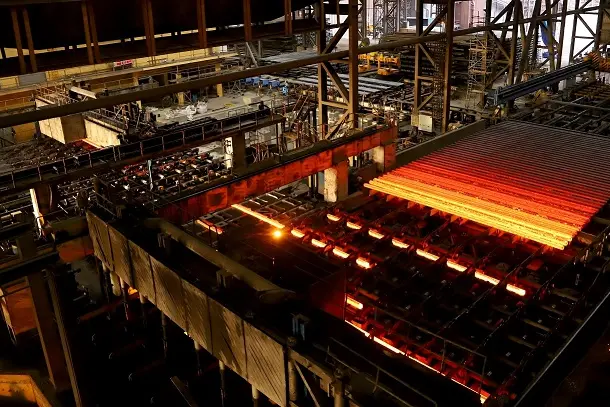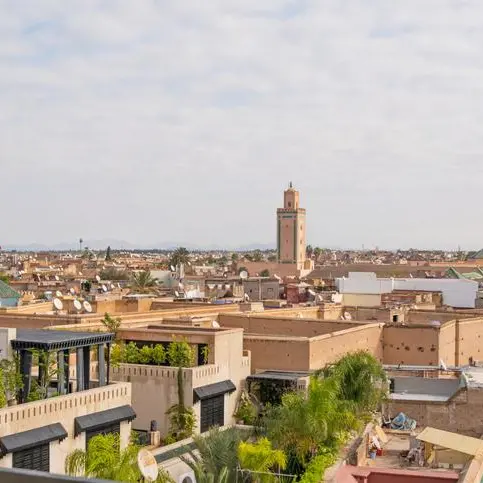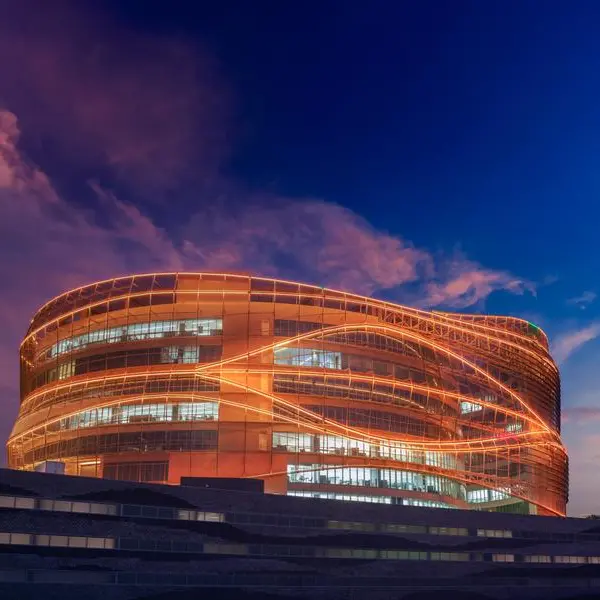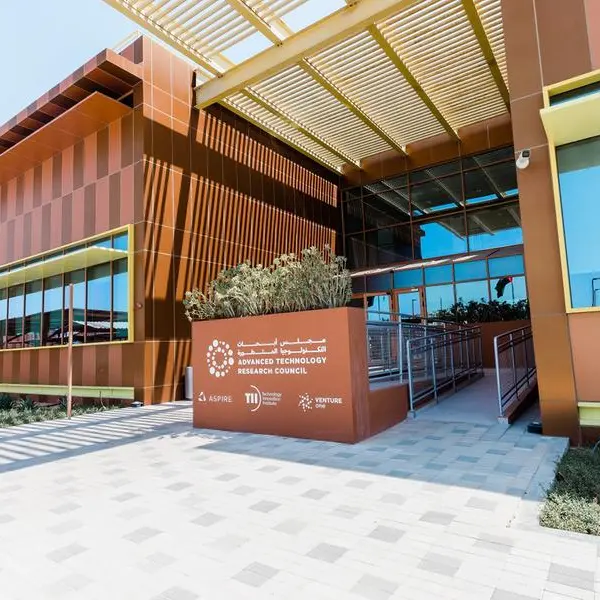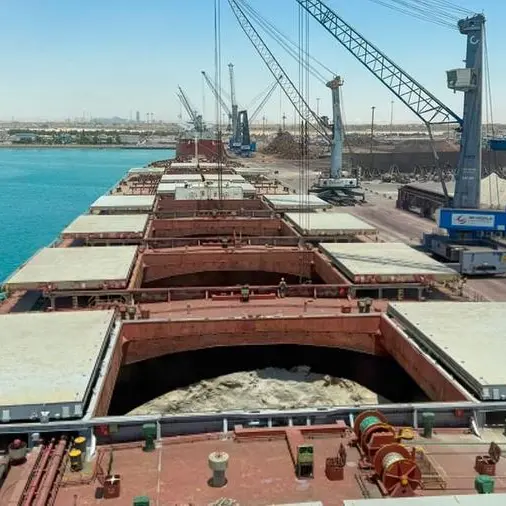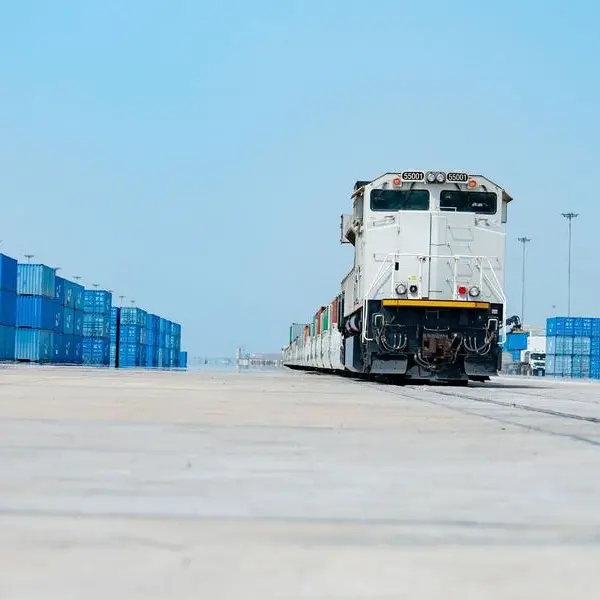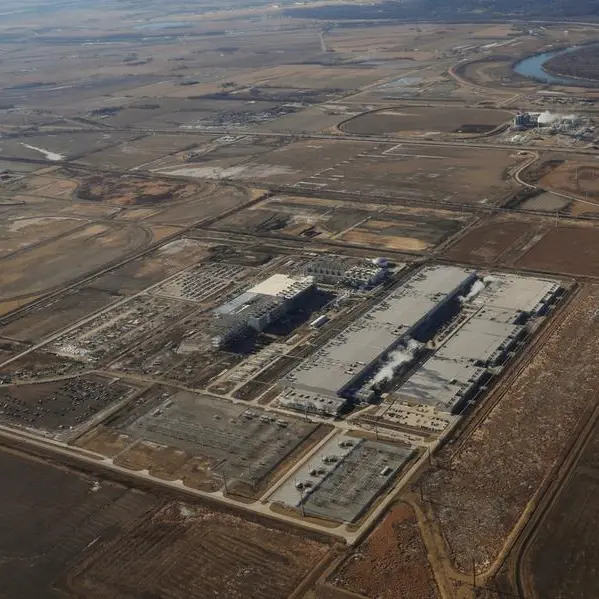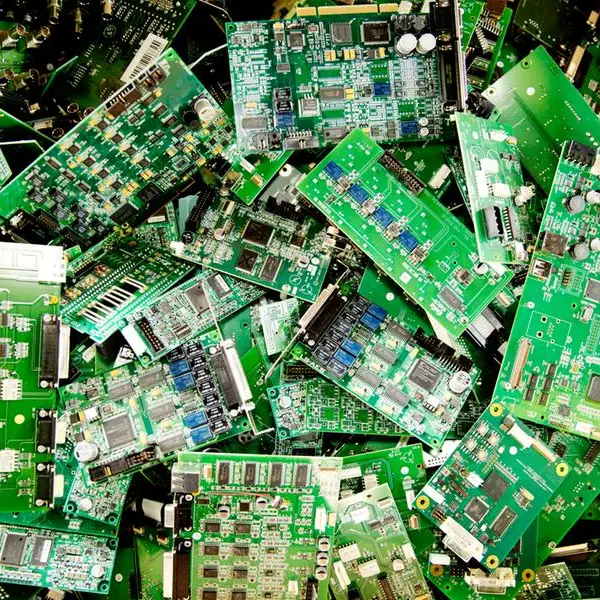PHOTO
Jindal Shadeed Group's steel manufacturing plant in Oman
Jindal Shadeed Group will commence work on setting up the proposed 5 million tonnes (MT) green hydrogen-ready green steel complex in the Special Economic Zone (SEZ) in Duqm this year, Chief Executive Officer Harssha Shetty told Zawya Projects.
"Our new facility will be the largest green hydrogen-ready steel plant in the world, and ... the first of its kind in the GCC region to produce premium quality auto-grade flat products catering to the auto, wind turbine, and domestic appliances industries across Europe, Japan, and other countries," he stated.
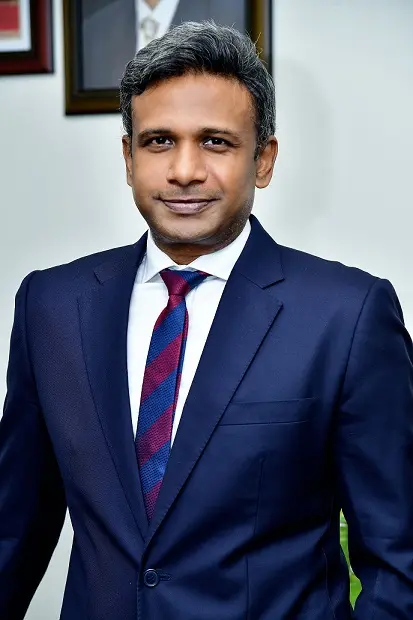

The over $3 billion complex will have two production lines of 2.5MT, each consisting of Direct Reduced Iron (DRI), Electric Arc Furnace (EAF), Hot strip mill, and downstream facilities. The first and second lines are expected to commence production in 2026 and 2027, respectively.
UAE-based Masdar and FT Longitude recently said in a joint report that reducing emissions in hard-to-abate industries like steel is vital to combat climate change. The report, launched ahead of the UAE's preparations to host COP28 later this year, said seven out of 10 executives from "hard-to-abate" industries expect an increase in decarbonisation budgets over the next two to three years.
Shetty stated that the company expects a "very strong demand" for green steel in the coming years.
"Driven by the decarbonisation priorities of ESG-conscious consumers, a double-digit growth rate for green steel demand in Europe is expected in the coming decade," he said.
Excerpts from the interview
What factors drove the company to establish a green steel manufacturing plant in Oman?
Oman has been our home for more than 12 years now, and we deeply share the Sultanate's vision of growth in the next decades. Our plans to set up the largest green hydrogen-ready steel plant are aligned with Oman's 2040 vision of decarbonisation.
In addition, Oman is blessed with natural gifts that will give us a global advantage in green steel production. Firstly, being located close to the Sea of Oman and, by extension, to the Indian Ocean is of great strategic advantage. In addition to ground transport through the Muscat-Dubai highway, with a dedicated 600-metre jetty, Jindal Shadeed Iron & Steel (JSIS) will benefit from the unimpeded inflow of raw materials and outflow of steel products by marine vessels sailing from the four corners of the globe.
Furthermore, Oman has one of the best solar profiles in the world, ranking fifth best globally, with one of the highest photovoltaic power potentials, along with remarkable wind potential (wind speed 5.45 m/s and wind energy density 248 W/m2) comparable to rich wind resources in Europe (Netherlands wind speed is 5.76 m/s and wind energy density 255 W/ m2) – enabling the Sultanate to be a world leader in commercially competitive Green Hydrogen production.
Just as importantly, Special Economic Zone at Duqm (SEZAD) is the largest special economic zone in the Middle East and North Africa, extending over 2,000 square kilometres (sq km). Its many features make it one of the leading investment areas at regional and global levels. Due to its privileged location, Duqm is a lucrative hub for investments.
This strategic project is being built over an area estimated at approximately two sq km in the concession zone at the Port of Duqm. A project of this caliber will be an added value to the heavy industries cluster in the Special Economic Zone at Duqm and will play a vital role in the development of Duqm as a key industrial hub.
The signing of the MoU and agreement is a testament to the importance of the Special Economic Zone at Duqm and further reinstates its position as a leading and attractive destination for large strategic projects that will benefit from renewable energy and green hydrogen.
The availability of solar energy and wind resources throughout the year will encourage more investments in green industries and renewable energy projects in Oman, particularly Duqm.
What new technologies will you introduce in your new facility?
Our new facility will be the world's largest green hydrogen-ready steel plant. We will be the first of its kind plant in the GCC region to produce premium quality auto-grade flat products catering to the auto, wind turbine, and domestic appliances industries across Europe, Japan, and other countries.
How much renewable energy would be required to run the facility at full capacity?
We expect about 7 to 9 gigawatts (GW) of renewable energy to be required to run the facility at full capacity, including the electrolysers and the electricity needed for the steel manufacturing facility. We are in advanced discussions with multiple developers to secure the energy requirement.
Will you invest in establishing renewable energy projects to drive the new facility?
We are open to the idea and are currently in advanced conversations with strategic partners to ensure renewable energy.
When will you start work on setting up the new facility, and what is the completion date?
Work on setting up the new facility will start in 2023. The proposed integrated steel complex will be a 5MT hydrogen-ready green steel complex. It will have two production lines of 2.5MT, each consisting of DRI, EAF, Hot strip mill, and downstream facilities. The first line is expected to commence production in 2026, and the second line in 2027.
How do you plan to secure green hydrogen for the manufacturing process?
Oman has abundant solar and wind resources, and the government is taking steps in the right direction to place Duqm as a green hydrogen production hub. Several green hydrogen projects are being announced at Duqm. We are currently in advanced conversations with multiple partners regarding ensuring renewable energy supply and green hydrogen for our green steel plant.
What benefits will you derive from such a move compared to the current process followed in your existing factories?
Decarbonisation is a board-level priority for ESG-conscious customers, and most have already committed to net zero by 2030-2035. This is especially true for select sectors like automotive, where steel is one of the largest contributors to GHG emission intensity. For these sectors, green steel offers excellent potential to decarbonise. Hence, robust market demand is a bedrock for the Duqm project.
Overall, we expect a robust demand for green steel in the coming years. Driven by the decarbonisation priorities of ESG-conscious consumers, a double-digit growth rate for green steel demand in Europe is expected in the coming decade.
What cost savings will you derive from green hydrogen and using renewable energy compared to your current process?
Green hydrogen is a new technology, and producing green steel will increase our costs in the medium term. However, we are in conversations with leading steel customers in multiple sectors, and they have shown keen interest in sourcing green steel, even if it comes at a premium. While there may be a small cost to using green products, humanity will pay a significant cost if we do not address global warming.
How do you plan to fund the new facility?
The company, in due course, will evaluate the optimum mix of debt and equity to maximise shareholder value and minimise the cost of capital.
What will be the total production capacity of the new plant? How much of the production will be used locally and exported?
Our new integrated steel complex in Duqm will produce up to 5 MPTA of steel. Nearly 30-40 percent of the production will be consumed in Oman and GCC region, and the remaining will be exported to fulfil the booming green steel demand in the global markets. The proposed steel complex will produce high-strength auto-grade steel catering to the auto, wind turbine, and domestic appliances industries across Europe, Japan, and other countries.
What is your current manufacturing capacity?
JSIS has a steel-making capacity of 2.4 million metric tonnes per annum in Oman, with its plant in Sohar. With this production, we have established ourselves as Oman's leading and most trusted steel brand.
In parallel to the Duqm project, we plan to continue scaling up the Sohar plant and to keep pushing the technology frontier by adopting carbon capture and utilisation technologies.
Will you adopt green energy in all your factories? Is there any plan for such a move?
Jindal Shadeed Group has a clear vision of becoming a global beacon with sustainable steel production. As a part of this vision, we will keep adopting technologies and practices to reduce emissions further. While this path will be long, we are confident, thanks to our demonstrated leadership in creating new industry standards and best practices.
In Sohar, Oman, we already produce steel at a 45 percent lower carbon footprint than the world average. We are also exploring options for renewable power generation in Sohar to reduce our carbon footprint.
Looking at the future, in parallel to building the world's largest green hydrogen-ready steel plant, we will explore carbon capture and utilisation technologies to reduce GHG emissions further.
The Duqm integrated steel complex is designed to have a carbon footprint of <0.4 t Co2/TCS vis-à-vis the current world average of 1.85 t Co2/TCS.
Do you plan to expand your base in other GCC countries, especially UAE and Saudi Arabia?
While Oman is our home away from home, the GCC region, in general, remains at the core of our expansion strategy. We are looking at other investment opportunities in the region, but sharing more details would be premature.
Read More:
MENA can lead the world in green steel production - Report
(Reporting by P Deol; Editing by Anoop Menon)
